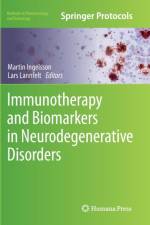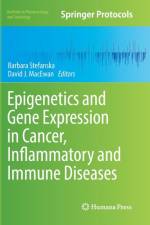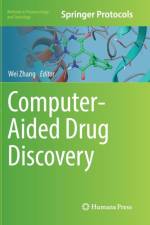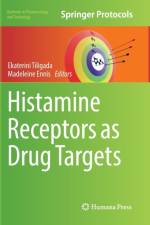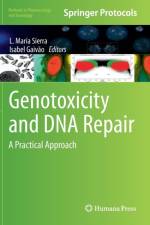1 777
Part I: Small Molecules 1. Measurement of Transcellular Transport Rates and Intracellular Drug Sequestration in the Presence of an Extracellular Concentration Gradient Kyoung Ah Min and Gus R. Rosania 2. Kinetic Design for Establishing Long Term Stationary Cytosol Concentrations during Drug Transport across P-gp Expressing Confluent Cell Monolayers to Facilitate Measuring Cytosol Concentration, Fitting Drug Molar Partition Coefficients into the Cytosolic Monolayer of the Plasma Membrane and Kinetically Identifying Drug Uptake Transporters Joe Bentz 3. In Vitro Methodologies to Assess Potential for Transporter-Mediated Drug-Drug Interactions Jibin Li, Qing Wang, and Ismael J. Hidalgo 4. Determination of Fraction Unbound and Unbound Partition Coefficient to Estimate Intracellular Free Drug Concentration Sangwoo Ryu, Keith Riccardi, Samantha Jordan, Nathaniel Johnson, and Li Di 5. Quantitative Analysis of Intracellular Drug Concentrations in Hepatocytes Chitra Saran, James J. Beaudoin, Nathan D. Pfeifer, and Kim L.R. Brouwer 6. Quantification of Intracellular Drug Aggregates and Precipitates Phillip Rzeczycki and Gus R. Rosania 7. Quantitative Phenotypic Analysis of Drug Sequestering Macrophage Subpopulations Mikhail D. Murashov 8. Using an Integrated QSAR Model to Check Whether Small-Molecule Xenobiotics Will Accumulate in Biomembranes, with Particular Reference to Fluorescent Imaging Probes Richard W. Horobin and Juan C. Stockert 9. Diversity-Oriented Fluorescence Library Approach (DOFLA) for Discovery of Cell-Permeable Probes for Applications in Live Cell Imaging Dongdong Su and Young-Tae Chang Part II: Macromolecules, Biologics, and Nanoparticles 10. Overcoming Cellular and Systemic Barriers to Design the Next Wave of Peptide Therapeutics Jerome Hochman, Tomi Sawyer, and Ruchia Duggal 11. Intracellular Targeting of Cyclotides for Therapeutic Applications Nicole Lawrence and David J. Craik 12. Cellular Trafficking of Monoclonal and Bispecific Antibodies John J. Rhoden and Christopher M. Wiethoff 13. Quantitative Drug Target Imaging Using Paired-Agent Principles Kenneth M. Tichauer, Negar Sadeghipour, Yu "Winston" Wang, Summer L. Gibbs, Jonathan T.C. Liu, and Kimberley S. Samkoe 14. Quantitative Determination of Intracellular Bond Cleavage Joshua A. Walker, Michelle R. Sorkin, and Christopher A. Alabi 15. Development and Application of a Single Cell-Level PK-PD Model for ADCs

